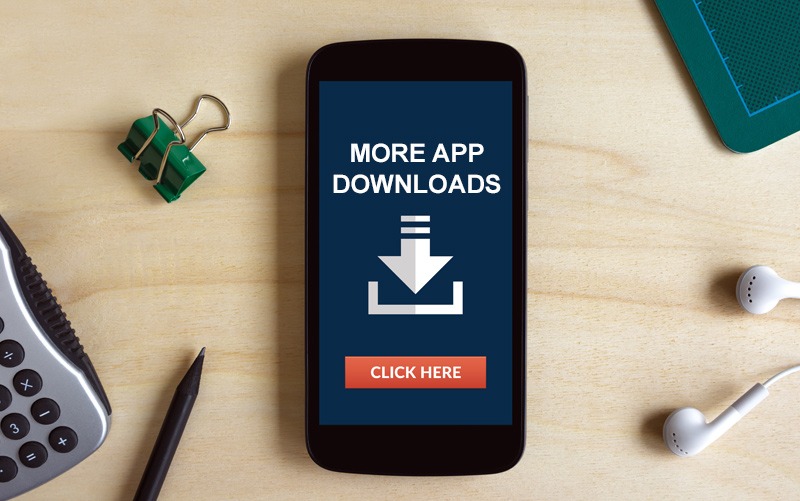3 Keys To Boosting App Acquisition with TV

Consumer experience has become a major factor in determining the health of your brand. And mobile apps provide a vehicle for both communication and commerce, allowing brands to deliver their experience to consumers in more ways, and more often. These new touchpoints are an efficient way to build brand relationships, which according to Salesforce, is more important than ever as over 70% of buying experiences are influenced by how consumers feel they’re being treated. Having an app installed on someone’s phone is invaluable for companies.
However, an app’s mere existence does not mean users will naturally gravitate towards it within the app store. To get the most out of an app investment, marketers must find a way to acquire users that are ready and willing to hit the download button. How can your brand get on as many devices as possible?
App-based businesses often place a heavy emphasis on digital marketing to drive installs, but over time most reach a point of diminishing returns and struggle to scale. The most effective acquisition campaigns are also leveraging TV, which has the power to bust through these performance ceilings to deliver increases in reach and response.
There are three key components to a successful TV-based app acquisition program:
1. Creative. Educate & Motivate.
With 4.4 million app competitors, winning the download battle through generic search terms can be a challenge. And research shows us that while only 24% of searches are branded, they drive 43% of the app store volume. It’s why you’re always going to fare better when users look for you by brand name, not category.
Strong response-focused creative can help motivate viewers to go directly to the app store and search for you – by name. The key is crafting content that engages the right audience, brings a clear understanding of your app’s benefits and makes a compelling case for acting now. Our approach, something we call Storyselling, looks at both structural and tactical ways to drive action.
Marketers are also testing new ways to push app installs. For instance, we’re seeing more brands experiment with QR codes on their commercials to streamline the download process. Maybe it’s the pandemic menus we’re all accustomed to, but QR codes are making resurgence across a variety of channels. Another thing to note is that creative production does not always have to be super expensive. Effective ads can be built from existing brand or video assets, stock video and smartly-designed animation or graphics.
2. Media. Test & Scale
TV campaigns are an efficient way to reach consumers that are ready to download an app, thanks in large part to the meteoric rise of simultaneous media consumption. By 2022 nearly 75% of TV viewers will be regular second-screen’ers and this represents an incredible opportunity for companies to reach mass audiences that are a tap away from the app store.
Applying the principles of Direct Response TV also represents a chance for marketers to get the most bang for their buck. The long tail of TV properties across linear, satellite, cable, diginets, and connected TV provides an abundance of inventory to reach targeted viewers. Even in a hot TV marketplace, experienced DRTV buyers can find efficient inventory that delivers response, if not rating points. Similar to digital channels, precisely targeted buying strategies can be optimized based on actions that are taken by viewers. By using a “test and scale” approach, brands can maximize investments on top-performing networks and dayparts.
3. Analytics. Measurement & Reporting
Given the test & scale approach taken by DRTV buyers, it is critical to have a strong attribution methodology. This starts with leveraging the best in data technology to connect viewer actions to the TV campaign. Make sure you have access to technology that will allow you to track app downloads and actions (like engagement and purchases), and attribute these back to each individual airing. On top of app acquisition and conversion, you will also need to measure TV’s impact on other KPI’s. Search activity, website visits and store traffic will help paint a complete picture of your campaign performance. If your buyers can quickly and easily analyze the data, this can lead to extensive optimization and testing opportunities.
At Eicoff, we develop interactive dashboards for every client to clearly track performance across KPIs and media components like station, daypart, and creative. The transparency and insight really make a difference with your ROI.
With the right pieces in place, TV can be a powerful acquisition tool to drive new customers to your app. If you’re interested in hearing more about testing opportunities or performance marketing strategies, feel free to connect with me at James.Vainisi@eicoff.com or reach out to our team at this link.
About CoreMedia Systems
CoreMedia Systems, Inc., develops and supports CoreDirect, the industry’s most widely used performance media management software. The system is used by more than 130 direct response agencies and marketers to plan, buy, manage, measure and optimize performance-based media campaigns. For more information visit www.coremedia-systems.com.


